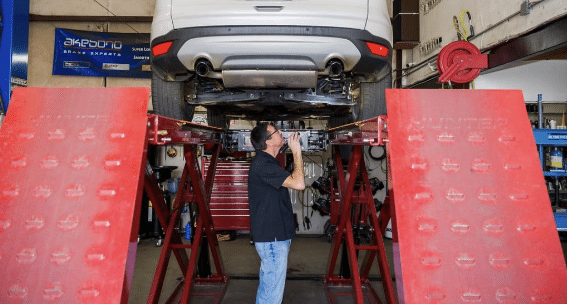
Changing a tire is an essential skill for every driver. Whether you experience a flat on the road or want to change your tires for seasonal conditions, knowing how to change a tire correctly and safely can save you time and stress. This article will guide you through the process step-by-step, discuss necessary safety measures, cover spare tire pressure maintenance, and explain what to do with the wheel after changing the tire.
How to Change a Tire
Tools and Equipment Needed
Before you begin, ensure you have the following tools:
- Spare tire
- Jack
- Lug wrench
- Wheel chocks (optional)
- Safety gloves
- Reflective triangles or road flares (for safety)
- Tire pressure gauge (for the spare tire)
Step-by-Step Instructions
1. Prepare Your Vehicle
- Find a safe and level area to park your vehicle, away from traffic if on the road.
- Turn on your hazard lights to alert other drivers.
- Apply the parking brake to prevent the vehicle from rolling.
2. Loosen the Lug Nuts
- Use the lug wrench to slightly loosen the lug nuts on the flat tire while the tire is still on the ground. Turn them counterclockwise, but don’t remove them completely yet.
3. Elevate the Vehicle
- Position the jack under the vehicle’s jacking point, as indicated in the owner’s manual.
- Pump or crank the jack until the tire is off the ground.
4. Remove the Flat Tire
- Once the tire is elevated, remove the lug nuts completely and place them in a safe location.
- Carefully pull the flat tire straight off the wheel hub and set it aside.
5. Install the Spare Tire
- Align the spare tire with the wheel hub, ensuring the holes fit over the wheel studs.
- Push the spare tire onto the hub until it is flush against the vehicle.
6. Hand-Tighten the Lug Nuts
- Place the lug nuts back onto the wheel studs and hand-tighten them as much as possible.
7. Lower the Vehicle
- Use the jack to lower the vehicle back to the ground slowly.
8. Tighten the Lug Nuts
- Once the vehicle is on the ground, use the lug wrench to fully tighten the lug nuts in a star pattern. This ensures an even fit.
9. Check the Tire Pressure
- Use a tire pressure gauge to check the spare tire pressure. Adjust it according to the vehicle’s specifications, typically printed on a sticker inside the driver’s door or in the owner’s manual.
10. Clean Up
- Place the flat tire and tools back in your vehicle. If possible, store your jack and lug wrench in their designated areas.
Safety Measures to Remember
- Wear Gloves: Protect your hands from dirt and injuries.
- Hazard Lights: Always use hazard lights to ensure visibility.
- Traffic Awareness: Be cautious of oncoming traffic if changing a tire on the roadside.
- Flat Surface: Always perform the change on a flat, stable surface to avoid losing control.
- Do Not Work Under the Vehicle: Avoid placing any part of your body under the vehicle while it is lifted.
- Ensure the Jack is Stable: Before removing the flat tire, double-check that the jack is securely in place.
Spare Tire Pressure Maintenance
Maintaining proper pressure in your spare tire is crucial for performance and safety. Here’s how to ensure your spare tire is always ready:
- Regular Checks: Check the pressure of your spare tire every few months or before long trips. Spare tire pressures can decrease over time, especially in extreme temperatures.
- Follow Recommendations: Always inflate your spare tire to the recommended pressure found in your owner’s manual or on the placard inside your vehicle’s door frame.
- Visual Inspection: Look for any cracks, bulges, or signs of wear on the spare tire itself during regular maintenance checks.
What to Do with the Wheel After Changing the Tire
After successfully changing the tire, the flat tire becomes an essential item to deal with:
- Assess Damage: Inspect the flat tire for visible damage. This may determine if it can be repaired.
- Repair or Replace: If the tire is repairable, take it to a professional shop as soon as possible. If it’s beyond repair, consider purchasing a new one.
- Store Properly: If you plan to repair or replace the flat tire, store it in a cool, dry place until you can handle it.
- Dispose of Waste Responsibly: If the tire is deemed unusable, find a local tire disposal service or recycling program to properly handle disposal.
By following these steps, safety measures, and maintenance tips, you can ensure that you’re prepared for any tire-related emergencies. Being knowledgeable about tire changes not only helps in emergencies but also fosters confidence in your driving abilities. Drive safely and if you need help repairing or replacing your tires please call us.
